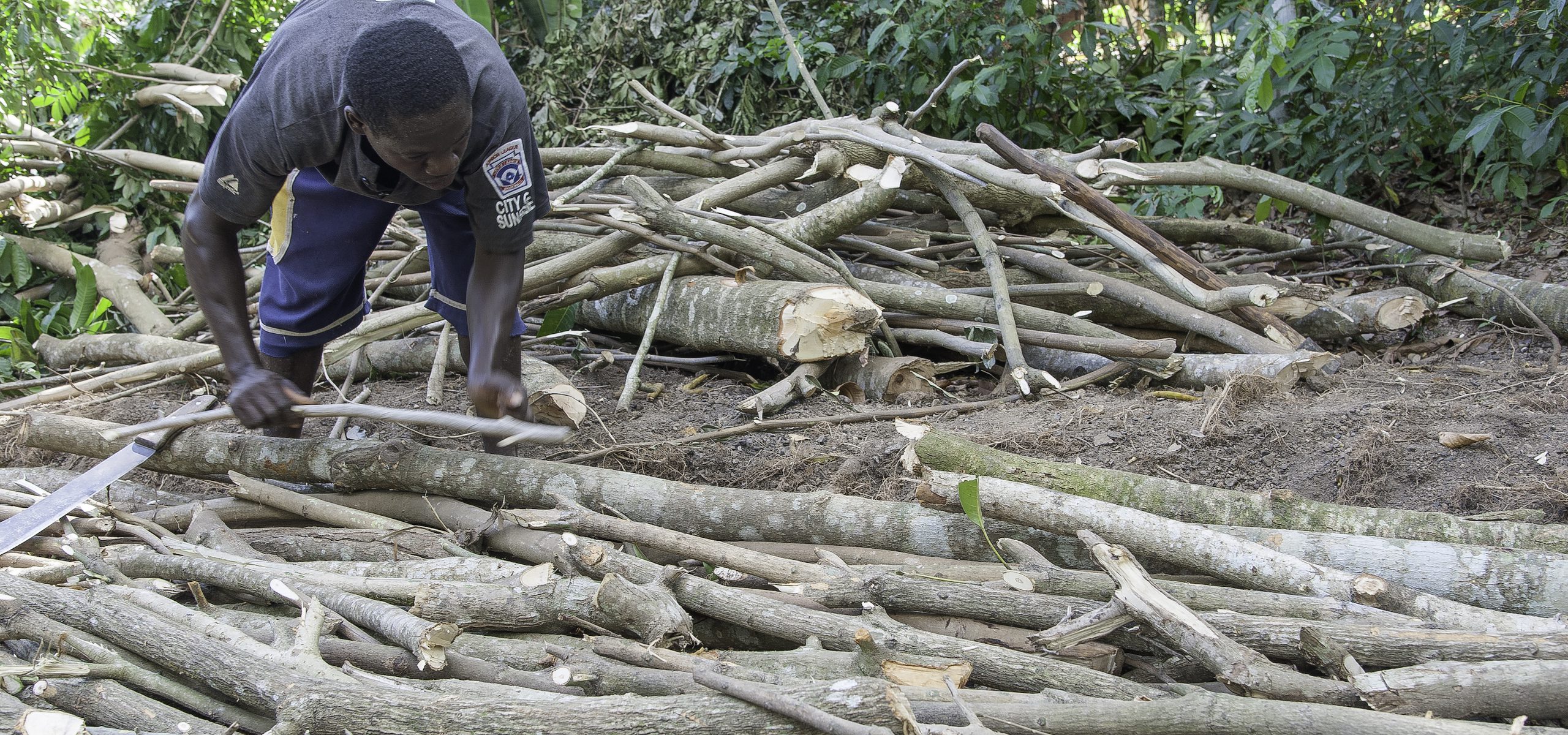Natural Resource Management
The effective management of land/land-use including agriculture, forestry, water systems, life-forms and atmospheric environment is vital to reduce disaster risks and community vulnerability to disasters impacts.

The effective management of land/land-use including agriculture, forestry, water systems, life-forms and atmospheric environment is vital to reduce disaster risks and community vulnerability to disasters impacts.
A study about the integration of environmental considerations in humanitarian action and recommended action to improve its effectiveness, accountability, and sustainability.
The Flood Green Guide is an open-source resource that provides guidance on using natural and nature-based methods for flood risk management published by WWF and the US Agency for International Development Office of US Foreign Disaster Assistance.
This guide examines natural resources management activities that can play a role in fortifying farming systems sustainability. Soil and water conservation or on a larger scale, watershed management can build local farming systems resilience to climatic variability and change and extreme events and add incrementally to their agricultural productivity.
This guide collects and summarizes good practices on the successful mediation of resource conflicts. It draws on the field experiences of mediators and mediation experts, specifically those with natural resource expertise.
This joint mission report formulates a strategy and framework to operationalize the environment as a cross-cutting issue.
“Minerals and metals play a central role in the global economy and mining is an important source of economic development in many countries. However, the harmful effects of mining remain a challenge for society to acknowledge and address.” (RMF, 2021: 4) The new report from the Responsible Mining Foundation…
This guidance accompanies the Environment Marker, and aims at giving specific guidance on mitigation measures for activities in “B”-coded projects (medium environmental impact). It provides additional sector-specific guidance, using the example of Sudan.
This latest report on Green Jobs maps the green economy in Brazil, supporting the development of strategies that UNHCR can adopt to further the labour integration of Venezuelan refugees and migrants in the country. The study aims at quantifying and locating green jobs in Brazil, understanding the labour situation…
Northwest Uganda, examines the quantity and composition of biomass in the two refugee settlements and the buffer zone around them. It is based on an inventory that counted and identified every seedling and sapling and all standing trees on 234 circular plots and recorded their diameter at breast height (DBH),…
The thesis of this report, is that refugees inevitably place strain on natural resources and ecosystems. The core humanitarian sectors of water and health depend upon healthy, functioning ecosystems, they argue. And taking measures, such as catchment-based planning for water, as early as possible can make a vast difference to…
This document published by World Agroforestry details its initiative in Northern Uganda landscapes. The initiative focused on identifying potential tree-based approaches to protecting and restoring the ecoystem and assessing the enablers for fast-tracking ecosystem restoration in Rhino Camp and Imvepi settlements.
A research study looking at the impacts of forests on diet. The results indicates that forests could help reduce vitamin A and iron deficiencies and the study establishes the causal relationship between forests and diet, thus strengthening the incentives for integrating forest conservation and management into nutrition interventions.
A technical report on the rapid diagnostic assessment of land and natural resources degradation in Uganda undertaken by the FAO in collaboration with the Ugandan Ministry of Water and Environment (MWE) in 2018.
This report published by the Disasters Emergency Committee (DEC) highlights the results of its environmental impact scoping. The report was prepared as a scoping exercise for DEC members in order to highlight possible areas for further research among the membership. It summarizes the key tools, mechanisms and initiatives aimed at…
This guidance note aims to raise awareness and increase understanding of the negative and positive roles that natural resources can play in peace consolidation. It provides practical guidance to assist in thinking through how natural resource management principles and practices can feed into transitional analysis and planning frameworks.
Case studies of the Hariyo Ban Programs in Nepal, designed to build resilience to climate change in communities and ecosystems by restoring and conserving Nepal's forest. The studies, conducted by the WWF,demonstrates how the projects have been implemented after disasters…
UN Convention on Biodiversity comprehensive guidelines for the design and effective implementation of ecosystem-based approaches to climate change adaptation and disaster risk reduction, including opportunities for the humanitarian sector…
A collection of resources and guidance on ecosystems, livelihoods, and dissater risk reduction by the International Union for Conservation of Nature (IUCN)…
A cloud solution for mapping and monitoring the sustainable use of natural resources.
USAID investments in wild-caught fisheries and aquaculture are made in the context of international, national, and agency guidelines, agreements, and policies. These policies represent the governance framework within which USAID projects in the fisheries and aquaculture sector are designed, implemented, and evaluated for responsible environmental stewardship.
This guideline will help identify potential adverse environmental impacts of use of cattle, sheep, goats, pigs, poultry, and other livestock and suggest mitigation and monitoring options, as well as “best management practices,†to address them.
A Wetlands International report on the situation of wetlands and human migration in the Sahel.
A mission report from the Joint Research Centre of the European Commission mapping of dam failure scenarios for Mosul Dam in Iraq.
Guidance document produced by UN Environment Programme for stakeholders mediating conflicts and disputes over natural resources.
A UNHCR publication covering topics such as the impacts of climate change on displacement, climate change, armed conflict as well as the role and challenges of the work of UNHCR.
Challenges for Concerted International Actors - A White Paper directed to the United Nations and International Organizations.